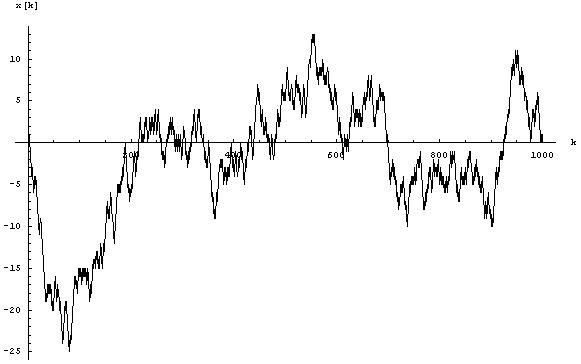What is Quantitative Analysis?
Of course we know technical analysis, an empirical predictive method based on the observation of graphs. Otherwise, the more cultured ones also try out the fundamental analysis. Starting from a hypothetico-deductive reasoning on the economic data, they manage to elaborate a future scenario for a sector, and from there, can invest. Besides, there is however a third type of analysis, a technique based only on mathematics, we are certainly talking about quantitative analysis.
How does it work?
This is a thorny question, as we said in the introduction, quantitative analysis is based on mathematics. Finance is not the only field on which this science is posed, it is a set of fairly generic methods for quantifying different non-measurable data. In finance, one must quantify the risks or in other words the probability of losses. Faced with this, the technical or fundamental analysis does not allow any quantification, it is always possible to advocate a scenario and its opposite, in quantitative analysis, it is impossible.
Without going too far into probabilistic concepts, financial mathematics is based on a fundamental hypothesis, a kind of axiom: courses follow a Brownian movement. We are now inclined to ask just what a Brownian movement may be. Also known as the Wiener process, this movement describes the displacement of a large particle immersed in a fluid consisting of many small particles. Here is an example of Brownian motion

quantitative analysis
Difficult to deny the resemblance between the evolution of the price of a security or a currency pair and this graph. This modeling allowed Black & Scholes to find formulas to preach the different options and warrants, otherwise, the derivatives market would not exist.
How can we learn this?
Self-taught, it is almost impossible, finally, everything depends on the level of study already acquired but for someone who has not practiced mathematics in the higher, it seems difficult to envisage. However, for those who already have a good foundation or have the endless motivation, it is possible to get here and there, college courses in mathematics.
Quantitative analysis is a discipline associated with a very closed environment, it is extremely difficult to find courses in financial mathematics. In order to obtain such things, it is often advisable to contact university professors directly. Generally speaking, these people are quite generous in their knowledge and are happy to send their personal courses.
A particularly professional way
Already, the profession was developing strongly a few years ago, but the crisis of 2008 accelerated the dynamics. Indeed, risk management is now at the heart of all the trading rooms, the best in this area are of course the quantitative analysts. Financial institutions and especially banks are very fond of these people, you should know that in London, the vast majority of quantitative analysts are French. Indeed, in France, teaching in mathematics remains of good quality and allows a large number of students to find a good job in the Channel.
It will, however, be much easier for French students to be hired in the United Kingdom than in France, indeed, the Anglo-Saxon recruitment model allows formations of all kinds to try their luck in the field.
In conclusion, it is a closed way to the general public, it is almost impossible for amateurs to learn quantitative analysis. However, for those looking for a career in finance, it’s a very good way to take, as much as it is necessary to appreciate a minimum the maths.